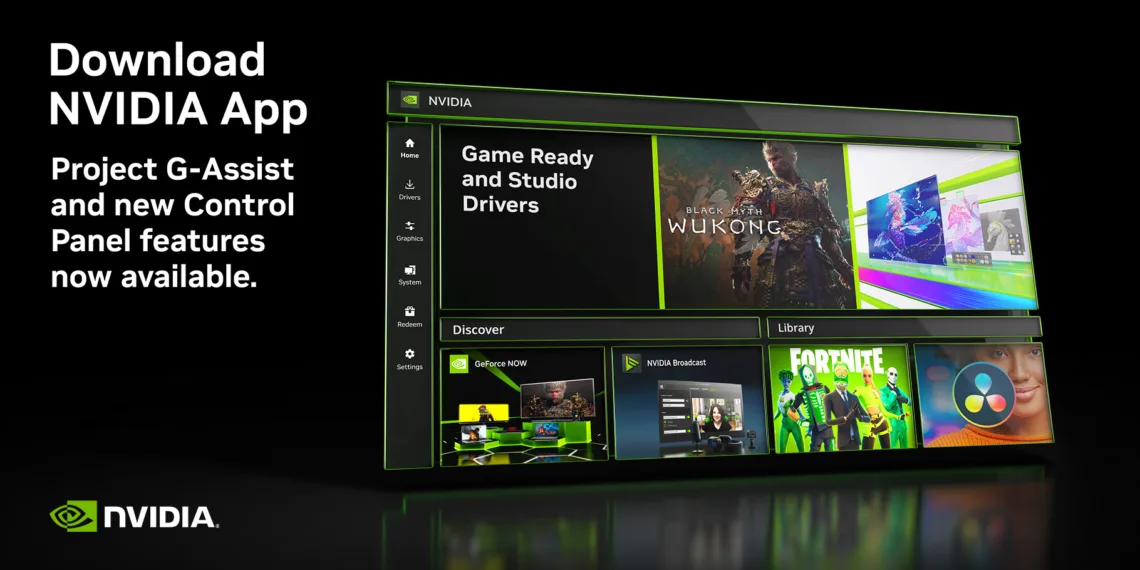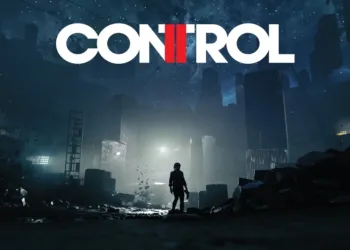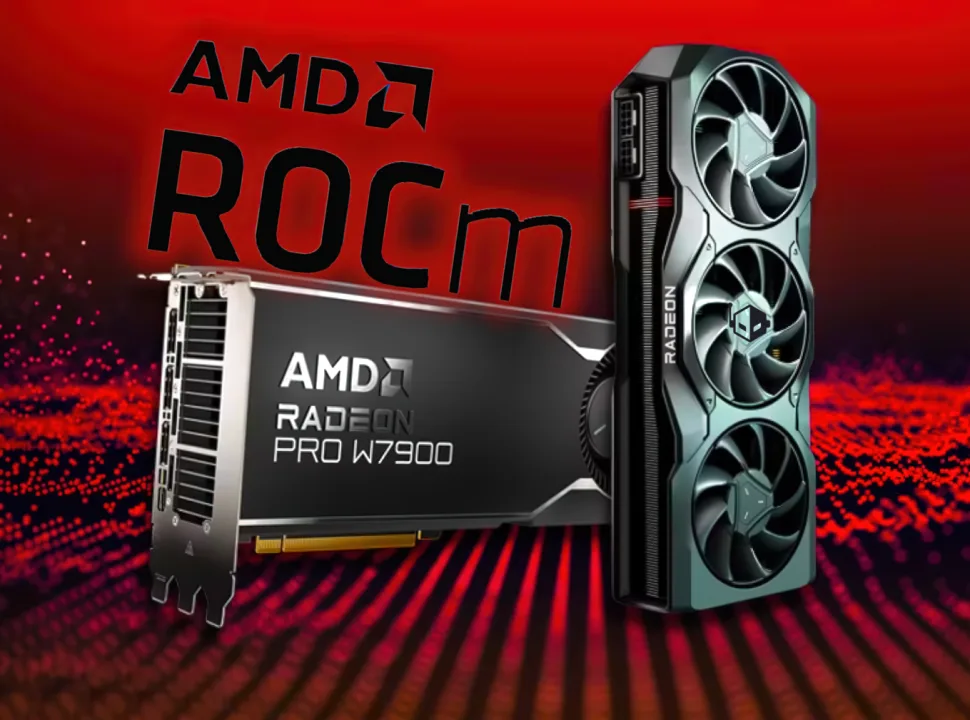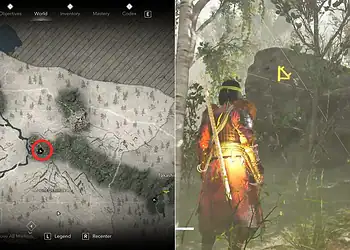NVIDIA Project G-Assist: It’s Friday night. After a long week, you settle into your gaming chair, ready for an epic session. But first, the usual ritual: adjusting graphics settings, tweaking performance parameters, and making sure everything is just right. What if you could simply say, “Optimize my game settings,” and have it done instantly? This isn’t science fiction—it’s the reality NVIDIA Project G-Assist is bringing to gamers worldwide.
Table of Contents
What is NVIDIA Project G-Assist?
NVIDIA Project G-Assist represents a significant leap forward in AI-powered gaming technology. At its core, it’s an AI assistant specifically designed for GeForce RTX AI PCs that transforms how gamers interact with their systems. Unlike traditional optimization tools that require manual configuration, G-Assist uses voice commands and artificial intelligence to enhance your gaming experience seamlessly.
Imagine having a knowledgeable gaming buddy who’s always ready to help optimize your settings, answer questions, and make recommendations—all without interrupting your gameplay. That’s what NVIDIA Project G-Assist offers.
As Mark, a beta tester from Seattle, puts it: “I used to spend 15-20 minutes configuring settings before starting a new game. With NVIDIA G-Assist, I just ask it to optimize for my RTX 4080, and I’m playing at peak performance in seconds.”
The Story Behind NVIDIA G-Assist
To understand the significance of NVIDIA G-Assist, we need to look at who is NVIDIA and their journey in gaming innovation. NVIDIA began as a graphics card manufacturer in 1993, but has evolved into the leading AI computing company we know today. Their path from graphics processing to artificial intelligence wasn’t accidental—it was a deliberate evolution based on understanding where technology was headed.
Why NVIDIA chose to develop G-Assist becomes clear when you look at gaming trends. As games become more complex and graphics more demanding, the gap between casual and technical gamers widens. Many players want the best experience but lack the technical knowledge to achieve it. NVIDIA saw this challenge and created a solution that democratizes high-performance gaming.
Among recent NVIDIA projects, G-Assist stands out for its focus on enhancing the gaming experience through practical AI applications. It represents the convergence of NVIDIA’s expertise in both graphics processing and artificial intelligence.
Key Features That Make NVIDIA G-Assist Special
Voice-Activated Gaming Control
NVIDIA G-Assist makes it easier than ever to optimize your gaming experience through simple voice commands. Instead of navigating through complex menus, you can say things like:
- “Optimize settings for maximum FPS”
- “Record that last kill”
- “Reduce background noise in my microphone”
The system responds naturally, as if you’re talking to a knowledgeable friend rather than a machine. This creates a more immersive experience where technology fades into the background, letting you focus on what matters—the game itself.
AI-Powered Performance Optimization
This NVIDIA project aims to revolutionize how gamers interact with their systems through intelligent performance tuning. G-Assist analyzes your hardware, the game you’re playing, and your preferences to suggest optimal settings.
What makes this feature remarkable is its learning capability. The more you use NVIDIA G-Assist, the better it understands your preferences. If you consistently choose performance over visual quality, it learns to prioritize frame rates in future recommendations.
Sarah, a competitive esports player, shares: “Before using G-Assist, I’d spend hours researching optimal settings for each new game. Now, I trust it to give me the competitive edge I need without the technical hassle.”
Game-Specific Customization
Different games have different demands. A fast-paced shooter requires different optimizations than an open-world RPG. NVIDIA Project G-Assist recognizes these distinctions and tailors its recommendations accordingly.
For example, when playing Cyberpunk 2077, G-Assist might prioritize ray tracing and visual fidelity to enhance the atmospheric night city. But when you switch to Valorant, it automatically adjusts to maximize frame rates and reduce input lag—critical factors for competitive play.
Real-Time Monitoring and Adjustments
The latest NVIDIA project focuses on bringing AI assistance directly to gaming PCs with continuous monitoring capabilities. While you play, G-Assist keeps track of performance metrics and can make real-time adjustments if it detects issues.
If your GPU temperature rises too high during an intense gaming session, G-Assist might suggest: “I’ve noticed your GPU is running hot. Would you like me to adjust fan curves to improve cooling?”
This proactive approach prevents problems before they impact your gaming experience.
How NVIDIA G-Assist Transforms Everyday Gaming
Let’s walk through a day in the life of Alex, a college student and avid gamer who recently started using NVIDIA G-Assist.
Alex gets home after classes and has just an hour to play before meeting friends. He boots up his PC and says, “Hey G-Assist, I have an hour to play. What’s new?” G-Assist responds by highlighting new game updates and suggesting a quick match in his favorite game with optimized settings for his limited time.
During gameplay, Alex encounters a challenging boss fight. Without pausing, he asks, “Any tips for defeating this boss?” G-Assist provides strategies based on community knowledge while Alex continues playing.
Later that evening, Alex wants to try a graphically demanding new release. Instead of spending time researching optimal settings, he simply asks G-Assist to configure the game for the best balance of performance and visual quality on his RTX 3070.
These scenarios illustrate how NVIDIA G-Assist removes technical barriers and enhances the gaming experience in practical, everyday situations.
NVIDIA Project G-Assist vs. Traditional Gaming Tools
Understanding why NVIDIA continues to lead in gaming innovation helps explain the importance of G-Assist when compared to conventional tools.
| Feature | Traditional Tools | NVIDIA G-Assist |
|---|---|---|
| Setup Time | Manual configuration requiring technical knowledge | Instant voice-activated setup |
| Learning Curve | Steep, requires understanding of graphics settings | Minimal, uses natural language |
| Adaptability | Static recommendations | Dynamic adjustments based on usage patterns |
| Integration | Often standalone applications | Seamlessly works with NVIDIA ecosystem |
| Accessibility | Typically requires keyboard/mouse navigation | Voice-controlled, hands-free operation |
The difference becomes clear when you consider the experience. Traditional tools give you the parts to build your optimal gaming setup, but NVIDIA G-Assist is like having an expert do it for you while explaining the process in terms you understand.
Why NVIDIA’s Approach to AI Gaming Assistance Matters
Many gamers wonder why NVIDIA is investing so heavily in AI assistants for gaming. The answer lies in their vision of the future—where technology enhances experiences without creating complexity.
As gaming systems become more powerful, the potential gap between technical capability and user accessibility widens. NVIDIA projects like G-Assist demonstrate the company’s dedication to pushing technological boundaries while ensuring these advancements remain accessible to all gamers, not just technical experts.
Looking at past NVIDIA projects helps us understand the significance of G-Assist in their ecosystem. From DLSS (Deep Learning Super Sampling) to RTX ray tracing, NVIDIA has consistently developed technologies that improve gaming experiences. G-Assist represents the next logical step—using AI not just to enhance graphics, but to improve the entire user experience.
Getting Started with NVIDIA G-Assist
For those eager to experience what NVIDIA Project G-Assist has to offer, here’s how to get started:
- Check Compatibility: G-Assist works with GeForce RTX AI PCs. Make sure your system meets the requirements.
- Update Drivers: Ensure you have the latest NVIDIA drivers installed through GeForce Experience.
- Enable G-Assist: Open the NVIDIA Control Panel and navigate to the G-Assist section to activate the feature.
- Voice Training: Spend a few minutes training G-Assist to recognize your voice commands for optimal performance.
- Explore Commands: Start with basic commands like “Optimize for [game name]” and gradually explore more advanced features.
With NVIDIA G-Assist, voice commands can control various aspects of your gaming environment, from performance settings to recording gameplay highlights.
The Future of Gaming with NVIDIA G-Assist
The development of NVIDIA Project G-Assist shows the company’s commitment to innovation in gaming technology. As AI capabilities advance, we can expect G-Assist to become even more intuitive and helpful.
Future updates might include:
- More personalized recommendations based on your playing style
- Expanded voice command capabilities
- Integration with game-specific features and mechanics
- Community-driven tips and strategies delivered in real-time
For those wondering who is NVIDIA, they’re the leading company in graphics and AI computing that continues to shape the future of gaming. Their vision extends beyond better graphics—it’s about creating more immersive, accessible, and enjoyable gaming experiences.
Conclusion: Is NVIDIA G-Assist Worth It?
Gamers around the world are eager to experience what NVIDIA Project G-Assist has to offer, and for good reason. It represents a fundamental shift in how we interact with gaming technology—from technical complexity to conversational simplicity.
The features included in NVIDIA G-Assist are designed with serious gamers in mind, but they benefit everyone from casual players to competitive professionals. By removing technical barriers, G-Assist lets you focus on what matters most: enjoying the game.
As gaming continues to evolve, tools like NVIDIA G-Assist will become increasingly valuable. They don’t just enhance the gaming experience—they transform it, making advanced technology accessible through natural interaction.
Have you tried NVIDIA Project G-Assist yet? What features are you most excited about? Share your thoughts in the comments below!
This article was last updated on March 29, 2025, with the latest information about NVIDIA Project G-Assist.







